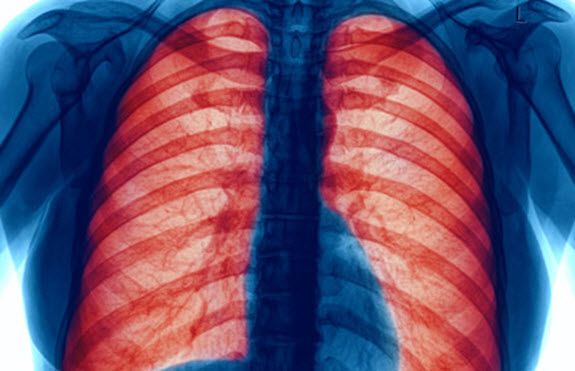With the current pandemic of Covid -19, we are all advised to put on our mask wherever we go, which make it uncomfortable for us to breathe. Imagine yourself exercising with your face mask on. This is the closest we can relate to the people diagnosed with chronic obstructive pulmonary disease (COPD). Breathing difficulties makes exercising tougher for them. Despite the difficulties, they are still encouraged to include physical activity and exercise in their life, as it can reduce breathing difficulties and other COPD symptoms. Bear in mind that, exercise can’t reverse lung damage, but it can improve their physical endurance and strengthen their respiratory muscles.
Before beginning an exercise program, the patient’s level of disease severity must be diagnosed. In addition to that, most patients who suffer from COPD usually also have one or more comorbidities. All that information is important to the clinical exercise physiologists, this is so that they can then design an exercise program that is safe and specifically catered to the patient’s health condition.
Aerobic, strength & flexibility exercise training are recommended for individuals with all stages of COPD. These exercises are usually designed based on the application of FITT (Frequency, Intensity, Time, Type) principle.
Based on the guidelines from the American College of Sports Medicine (ACSM), aerobic exercises for COPD patients should be designed with the following principles; Frequency [F] of 3-5 days a week, Intensity [I] from moderate to vigorous (difficulty of 4-6 out of 10), Time [T] duration of exercise can range between 20-60 minutes (if this is not achievable, a mixture of intermittent exercise with periods or rest time and lower intensity exercises are recommended), Types [T] of exercises includes walking (indoor/outdoor), stationary cycling and upper limb cycling are all recommended in the guidelines.
As for strength training, frequency [F] of strength training is recommended to be around 2-3 days per week, the intensity [I] should be kept between the ranges of 60-70% of the estimated maximum the person can lift to improve muscular strength; whereas the intensity for muscular endurance training is lower at 50% of the estimated maximum weight the person can lift. As for time [T] the duration to improve muscle strength are between 2-4 sets of 8-12 repetitions, and muscular endurance 1-2 sets of 15-20 repetitions. Type [T] can be done on weight machines, free weights, or bodyweight exercises.
Lastly, for flexibility exercises such as static, dynamic or Proprioceptive Neuromuscular Facilitation (PNF) stretching can be comprehended daily for at least 2-3 times per week. The patient should stretch to the point of feeling tightness or slight discomfort. The duration of stretch is 10-30secs hold for static stretching with 2-4 reps repetitions of each exercise.
Above are the set guidelines recommended by ACSM for exercises that can be done for COPD patients. After the patient gain a basic level of exercise tolerance, he/she can add in other lower impact exercises such as jogging, rope skipping, cycling, swimming, or yoga so that they do not get bored with the same exercises.
Besides exercise, physical activity is also highly recommended to COPD patients. Physical activity is defined as any movement of the body caused by skeletal muscles that result in the expenditure of energy. So, any occupational movements, sports, household, and other activities can all be classified as physical activity in daily life. The right exercise can help greatly improve symptoms of COPD and the patient’s quality of life. Most importantly, if a person is new to exercises or newly diagnosed with COPD, they should seek professional advice from their doctors or trained exercise professionals before starting any new exercise routine, these individuals will provide specific information about how to exercise safely based on their individual health profile.


